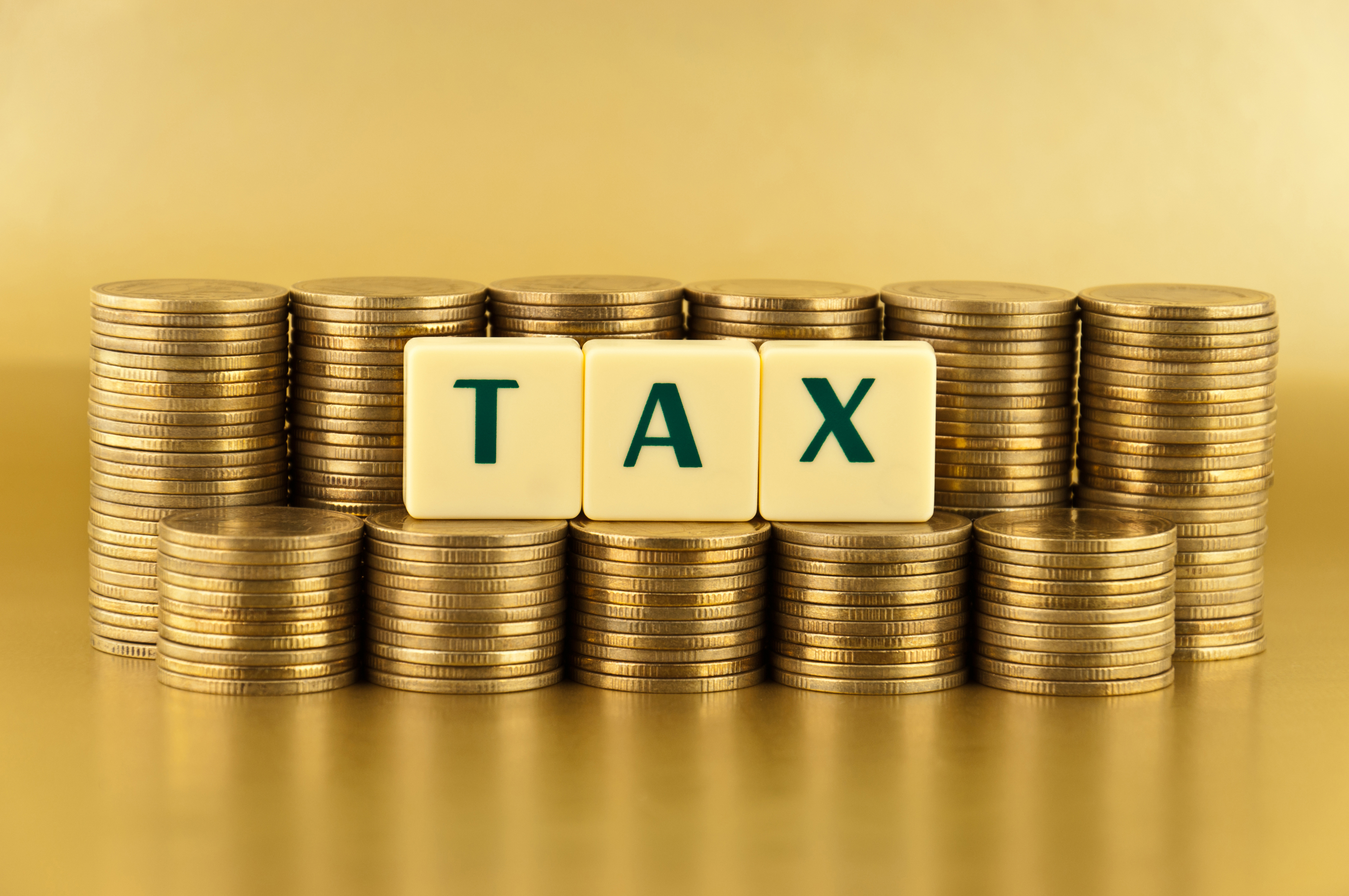Household Bills
Tax Freedom Day: Tips to reduce the amount of tax you pay

Falling four days later than last year, today marks Tax Freedom Day, the day calculated by the Adam Smith Institute when UK tax payers start earning money for themselves and stop paying government taxes.
Of course the impact of this taxation will differ on individuals depending on the rates of tax they pay, meaning those earners who pay higher or additional rates of tax might have to wait have to wait a bit longer before they start working for themselves.
To mark Tax Freedom day, we pulled together a collection of top tips to minimise the amount of tax you pay and push your own Tax Free Day forward on the calendar.
Shelter savings and investments in ISAs
Within ISAs interest on cash and income from bonds is tax free, there is no liability to higher rates of tax on individuals and capital gains are also sheltered from tax. For the 2016/17 tax year the ISA allowance remains at £15,240, to be allocated as you wish between a Cash ISA and a Stocks and Shares ISA. While many people leave their ISA contributions until the end of the tax year, it is often better to use the allowance early. That way your chosen investments are sheltered from tax immediately and have longer to produce income and growth – though it is also possible it could work against you should they fall in value over the course of the tax year.
Contribute to your pension
Pensions enjoy unrivalled tax benefits. Each contribution is topped up 20 per cent by the government, so an £8,000 contribution achieves an investment worth £10,000. Those subject to higher rates of tax can “effectively get a further rebate” as currently pension contributions reduce taxable earnings.
Take account of the new allowances
This tax year ushers in significant changes for personal taxation, notably the introduction of the Dividend Allowance and the Personal Savings Allowance. These new rules could alter how your finances are best structured, so it is worth taking account of them as soon as possible. It is also worth bearing in mind that Capital Gains Tax has been cut with the basic 18% rate falling to 10% and the higher 28% rate falling to 20% for chargeable gains arising from disposals on or after 6 April 2016.
Use VCTs and EISs
These specialist investment schemes are backed by statutory tax allowances, essentially established to encourage investors to support smaller enterprises. These are risky – and thus not suited to every investor – but if you’re willing to allocate a modest amount of your overall wealth to niche investments these could be for you. Venture Capital Trusts (VCT), for example, give you an up-front tax relief of 30 per cent provided the investment is held for at least five years, and all dividends and gains are tax-free. Enterprise Investment Schemes (EIS) invest directly into smaller companies rather than through a fund, and also provide 30 per cent income tax credit. You only have to hold these shares for three years. Unlike VCTs these do not provide a tax-free income stream and should only be considered by experienced investors.
Consolidate your accounts
With some providers you can transfer in ISA and personal pension accounts held elsewhere so that more of your investments are held in one place. It could also be the case that the more assets you hold with a provider, the cheaper it can become.
Work as a team
If your spouse – or, for that matter, you – is in a lower tax band, consider how you can spread the wealth to reduce your tax bill. Transferring assets to the lower-paid spouse will create breathing room and result in a more favourable tax treatment on any income they generate. Before doing this it is vital to understand that this will represent a full transfer of legal entitlement.